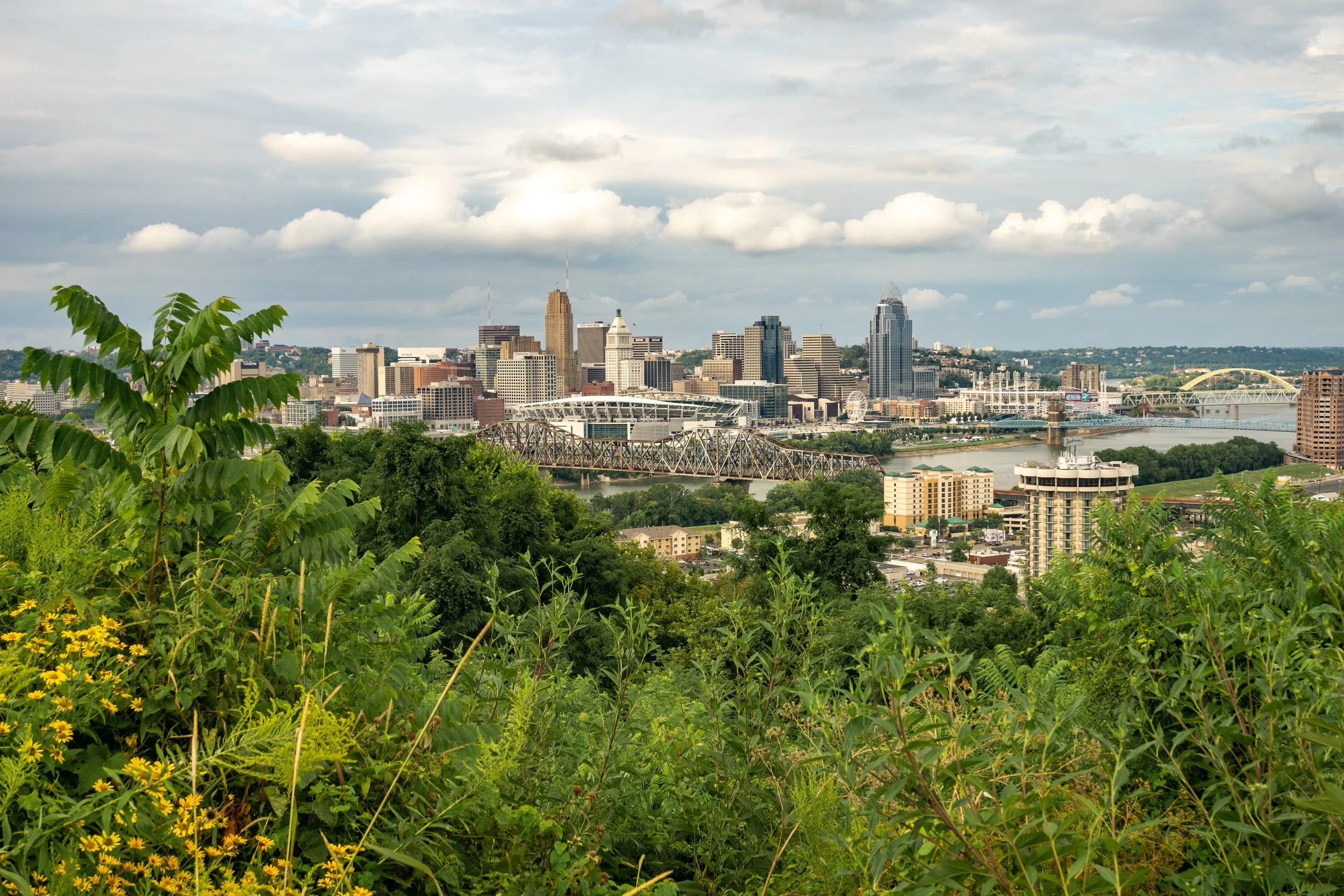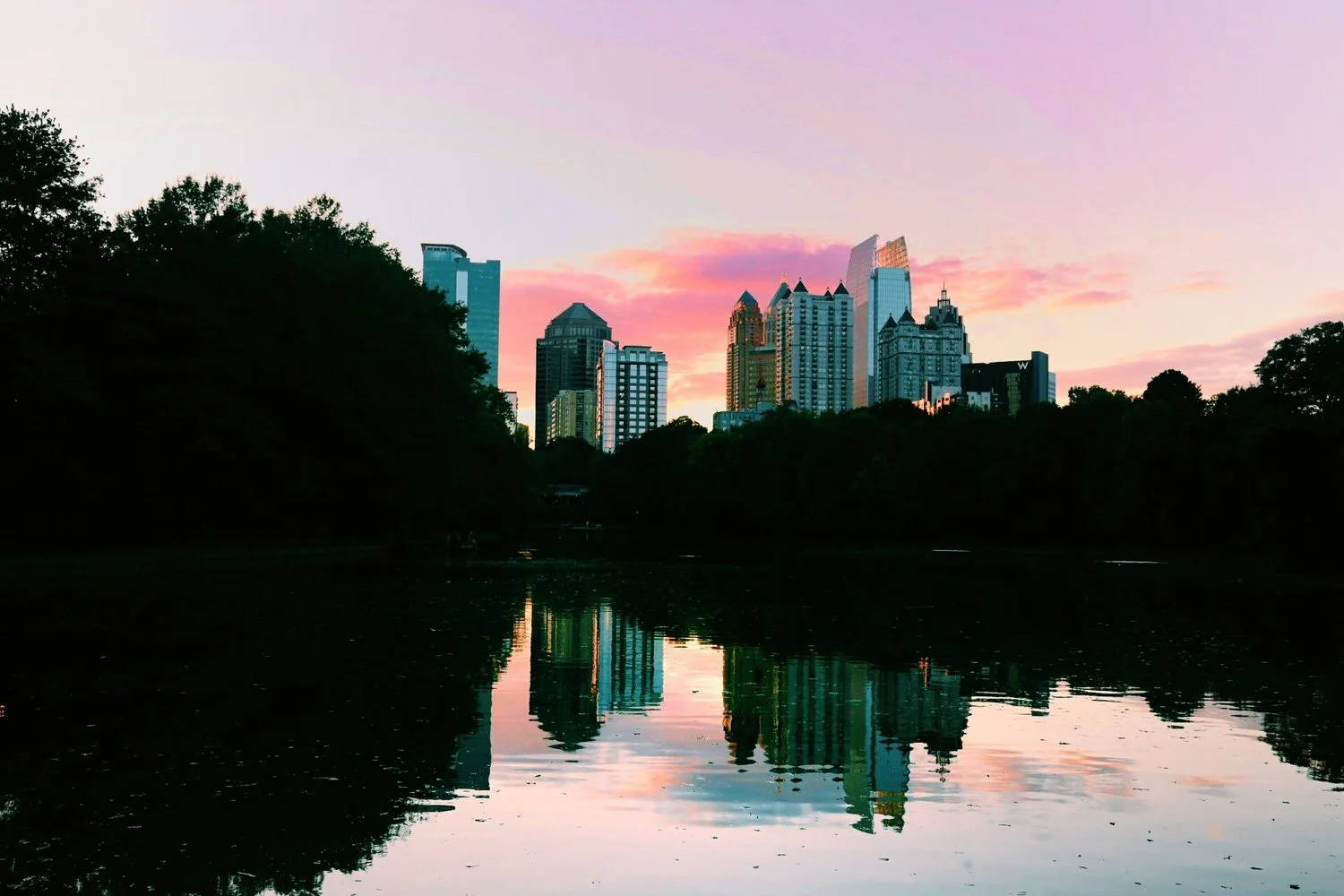Cities around the globe are racing to improve their resilience and adapt to climate-related challenges. Too often, conversations about how to pay for resilience initiatives are delayed until the tail end of resilience strategy development, which may be too late to make program development decisions that can unlock additional funding and financing.
Read MoreWhile funding for mega-deals appears plentiful, preparing urban sites for emerging new technologies, the re-shoring of industrial companies and the attraction of foreign direct investment requires a careful blending of public, private, and civic capital. The Cincinnati Jobs Bond should serve as a blueprint for other cities with the right attributes and strategic focus.
Read MorePeople are healthier when they have access to clean water and natural infrastructure amenities. Identifying the population health benefits of public infrastructure projects opens the door to more public-private partnerships – offering private actors an opportunity to finance solutions that close budget gaps for public infrastructure AND drive measurable environmental and health improvements.
Read MoreEDF and Quantified Ventures recently published a report that identified 5 replicable repayment streams that communities and conservation groups can use to access SRF financing for natural infrastructure such as wetlands, floodplain restoration, and riparian buffers. This blog highlights 3 key takeaways to advance natural infrastructure through SRFs we found after speaking with conservation finance experts and SRF leaders about our report.
Read MoreThe $55 billion in Bipartisan Infrastructure Law funding for water infrastructure presents an opportunity to demonstrate that these investments truly make human lives better. We recommend a a 5-step approach to effectively deploy BIL funds to communities that need it most and to demonstrate 3 basic outcomes: improved health; community resilience, and affordability.
Read MorePublic policy innovation is one of the major enablers of more systemic change. To that end, we were thrilled to see Maryland Governor Larry Hogan sign the Conservation Finance Act into law on April 21, 2022.
Read MoreIn the last 5 years, it's reported that only 3% of CWSRF funds have been invested into natural and green stormwater infrastructure. As our communities continue to face mounting issues of climate change, aging water infrastructure, and health risks, it is imperative that we utilize these funds more effectively.
Read MoreWater quality remains a persistent public health and environmental challenge in the United States despite decades of efforts to deliver clean water for drinking and recreational activities. We worked with the Environmental Policy Innovation Center to publish papers that make recommendations related to lead pipe replacement and the watershed approach to water quality.
Read MoreClimate change is exacerbating flooding, leaving many regions increasingly vulnerable. The recent IPCC report indicates seas will rise 6 to 12 inches by 2050, and climate change is fueling more intense storms and increased precipitation. States must act fast to finance and implement solutions that address these risks now and in the future.
Read MoreThe share of new municipal bond issuances in the United States that were labeled green, social, or sustainable increased an average of 51% annually from 2014 through 2020, to reach a total of $27.6 billion last year. Yet not all ESG bond issuances are created equal. In many cases, the ESG-labeled bond disclosures center on intended use of proceeds rather than actual project outcomes. Enter the Environmental Impact Bond (EIB)—a tool for municipalities seeking to better serve citizens, build community resilience, attract new sources of capital, and secure the best possible rate for their bond.
Read MoreOn December 2, the $12 million Environmental Impact Bond (EIB) we’ve been designing with the Chesapeake Bay Foundation and the City of Hampton officially closed. By issuing the bond, the City matched financial innovation to the creativity found in its nature-based projects: a drainage ditch turned into a bioswale with native plants; a holding pond revamped for stormwater and water quality; a major transportation corridor elevated and protected against flooding.
Read MoreWhat is an Environmental Impact Bond? An Environmental Impact Bond (EIB) is an innovative financing tool that uses a Pay for Success approach to provide up-front capital from private investors for environmental projects, either to pilot a new approach whose performance is viewed as uncertain or to scale up a solution that has been tested in a pilot program.
Read MoreBig news! On March 26, we announced two new cities we'll be working with to set up Environmental Impact Bonds (EIBs) to finance green infrastructure and create greener neighborhoods: Atlanta and Baltimore.
Read More













